01 - Design thinking - IE
01 - Design thinking - IE
Design thinking vs Lean vs Agile
They tackle different phases of the innovation process
- Generation of the product/service area
- ???
It's always an iterative project.
Design Thinking
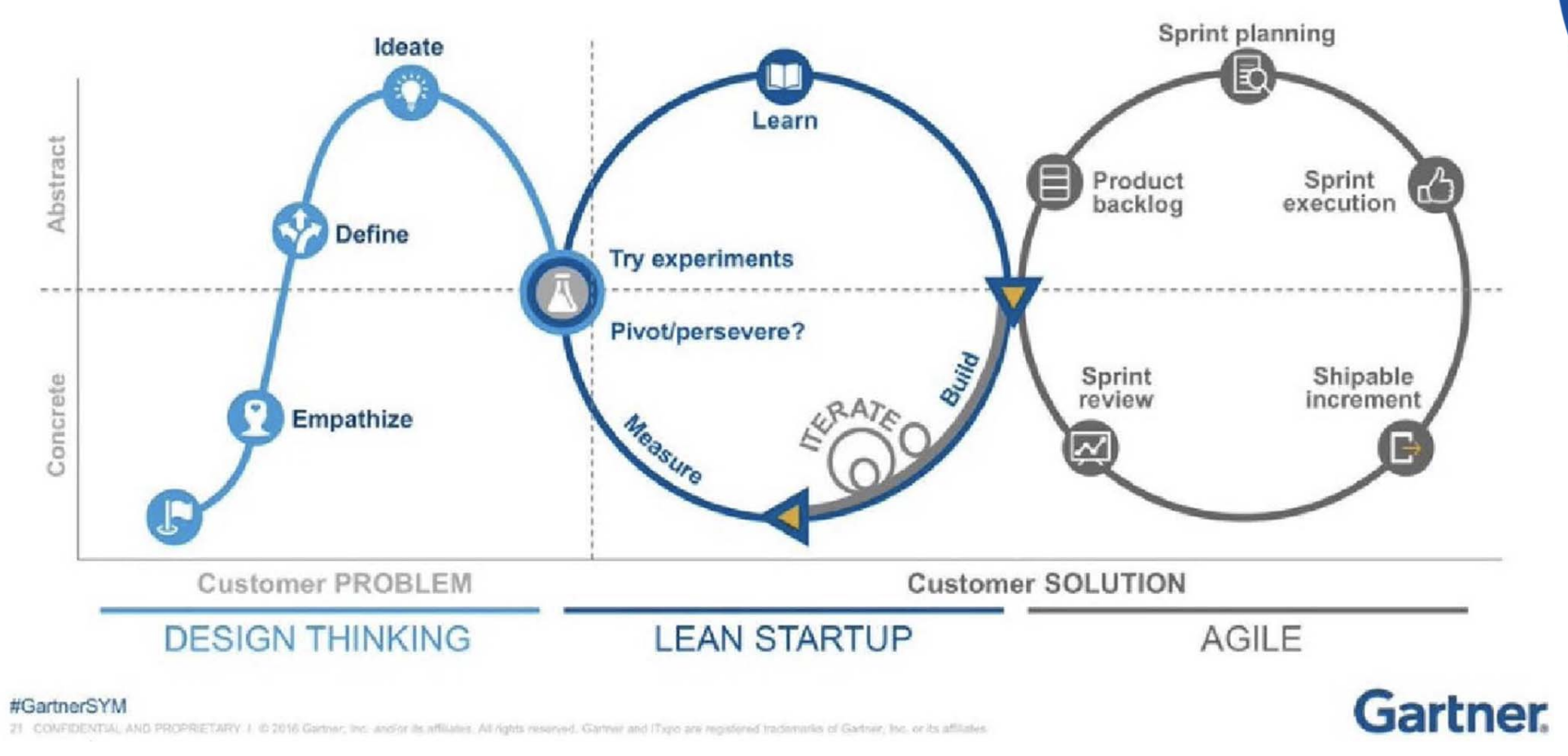
Design Thinking is a framework for innovation.
It's also the essential tool for simplifying and humanasing.
Design Thinking is a problem solving framework (it's a toolbox) that is:
- Human-centric
- Iterative
- Foster co-creation
- Solution-based
- It's a structured process
Session agenda:
- Quick bite about DT History
- DT framewirk
- #Design Thinking in the making
- #A selection of useful links/templates
- #Next steps
Design Thinking History
Origins of #Design Thinking
❗❗❗❗❗❗❗❗❗❗❗❗
❗❗❗ COMPLETARE ❗❗❗
❗❗❗❗❗❗❗❗❗❗❗❗
Design Thinking Framwork
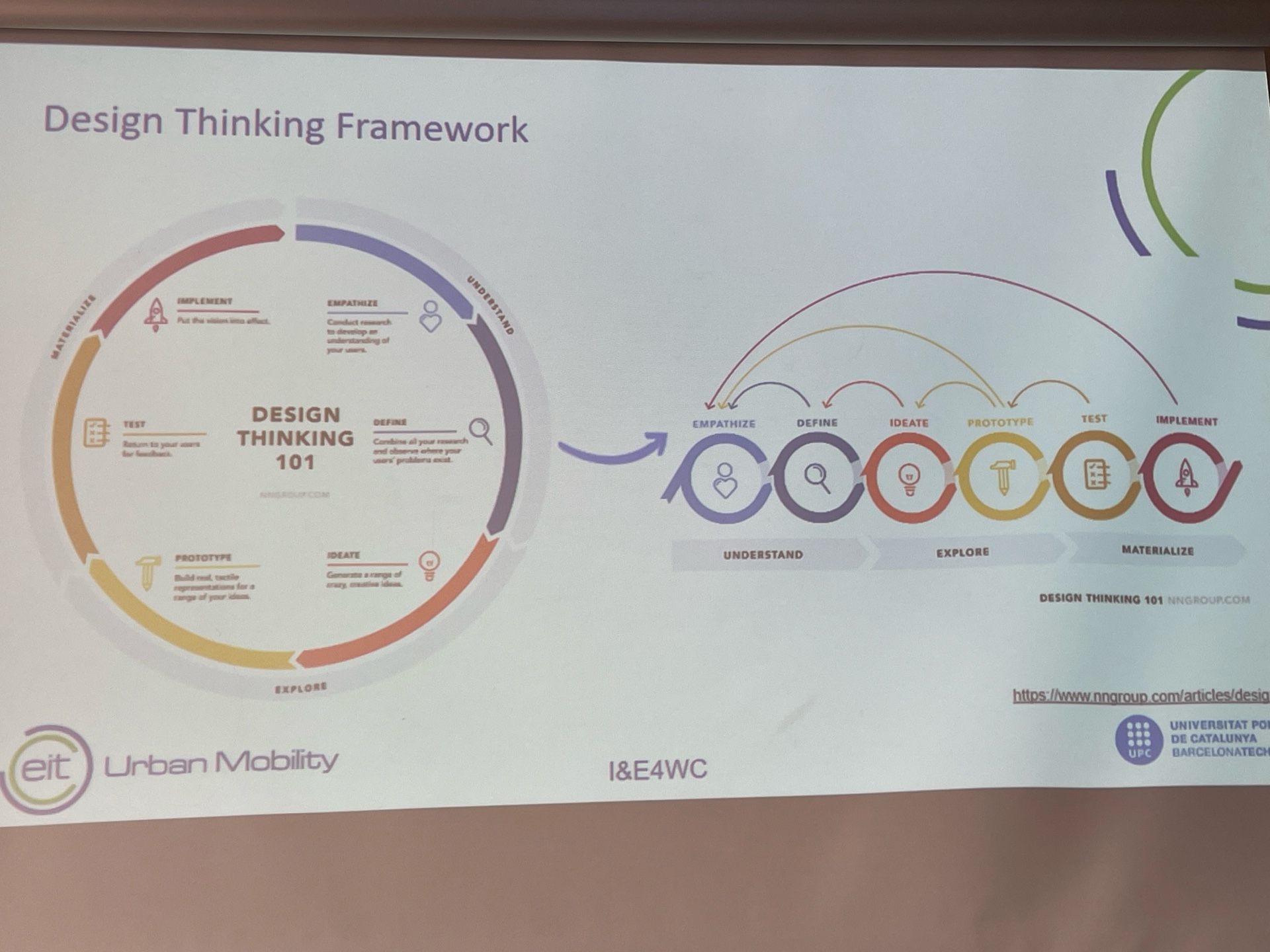
Get in the client shoes.
Steps for #Design Thinking:
- Empathize
- Define
- Ideate
- Prototype
- Something that is fake. For example, for Apps, make a mock-up
- Test
- Implement
You may jump from "implement" to "empathize" if something is wrong with the final product.
What's different in DT from classical designing:
- Degree of uncertainty, in how open-ended the problem is
- Classic engineering design usually starts at requirements and specifications developed by others
- DT provides an alternative way of dealing with ideation and interaction with stakeholders
- This is not strictly new
Design Thinking in the making
Challenge 2 - Pedestrian un-safety caused by their distraction - IE
Some tools for DT
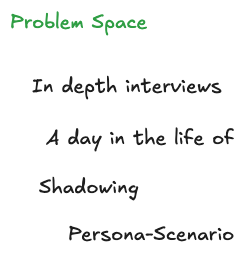
Persona-Scenario
One of the first thing to do is to focus on what are the personas and what is the scenario.
Persona
- Creation of virtual profiles of individuals which represent the type of user, customers or agents that are related to a given opportunity for innovation
- If the profiles are defined in depth, the members of the team can think and act persons would, thus directly generating relevant information about preferences, needs, problems, ...
- ???
Scenario
- Scenario describes both stories and context for each persona developed to reflect the real, major user groups
- ???
- ???
- Good scenarios are concise but answer the following key questions:
- Who is the user?
- User personas that have been developed to ???
- Why does the user needs/expects
- What goals does he/she have
- Who is the user?
A selection of useful links/templates
[[4 - Session 4 - IE.pdf]]
Lotus Blossom
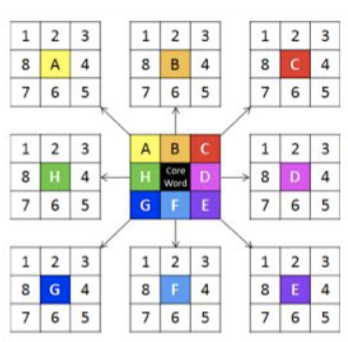
- Make a central matrix of the topic (3x3)
- Around the centre cell, put ideas related to it: things that need to be addressed
- Expand each perimeter cell into an other matrix
Creative Matrix

- Tool to generate ideas in a structured way, that fosters cross-pollination as we are looking to fill with ideas each cell where topics intersect
- It’s often used with columns as categories related to people (e.g., personas, market segments...) and the rows as categories for enabling solutions (e.g., technologies, environments...)
- Is not intended to be limited to one single idea per cell, and participants can take advantage of these “mashups” of categories to generate a wide range of concepts for each one
Affinity Clustering
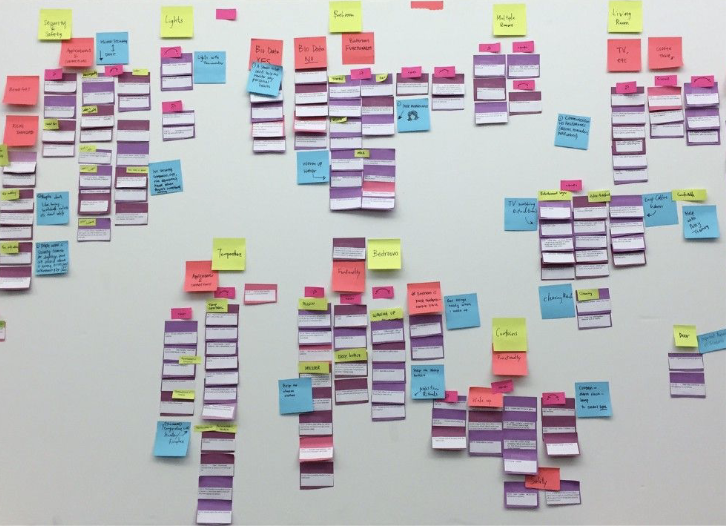
- Method used to organize many ideas into groups with things in common
- Useful to analyse large amounts of data and to discover hidden relationships
- We can make use of headers, subheaders, clusters, arrows, etc… anything graphical aid that helps to see the bigger picture